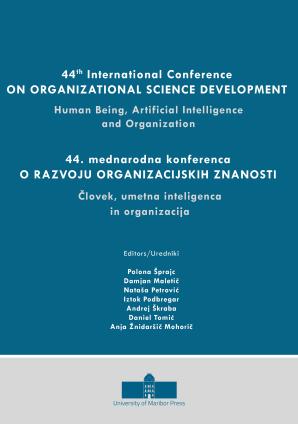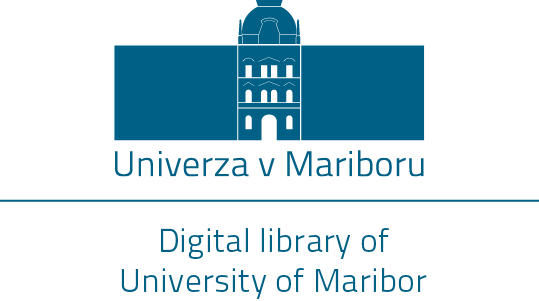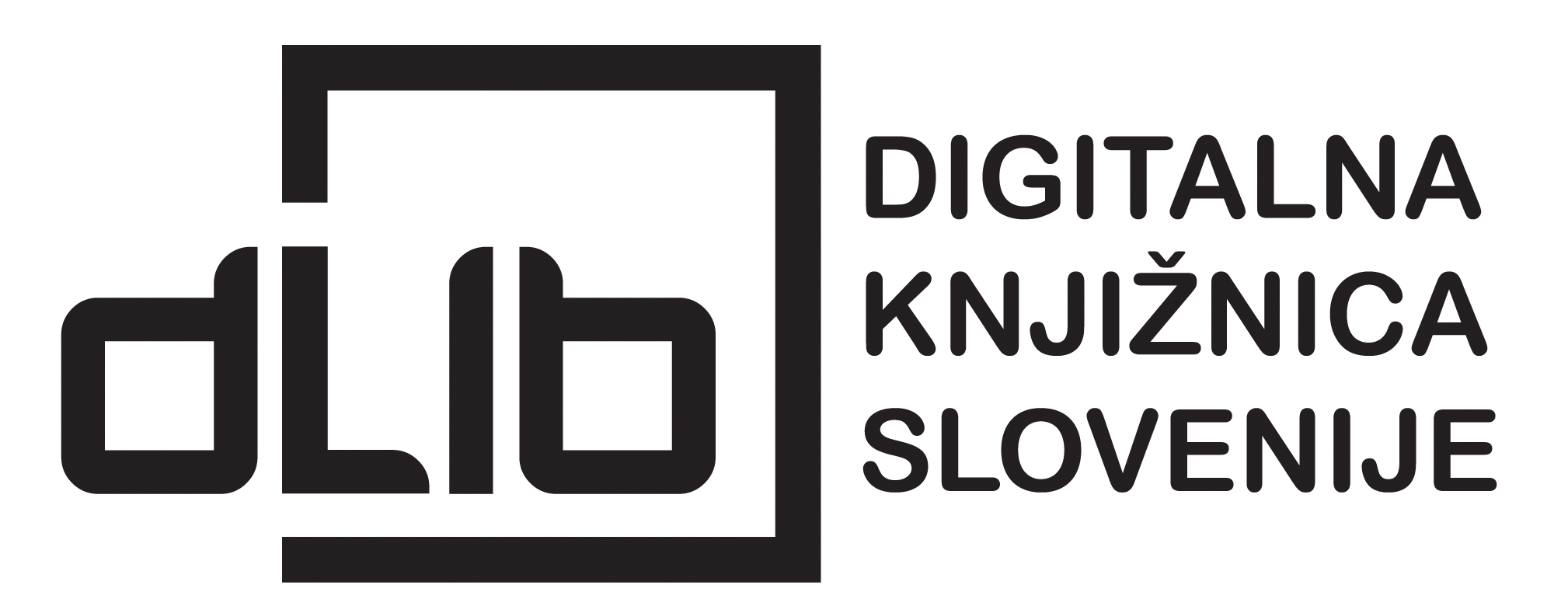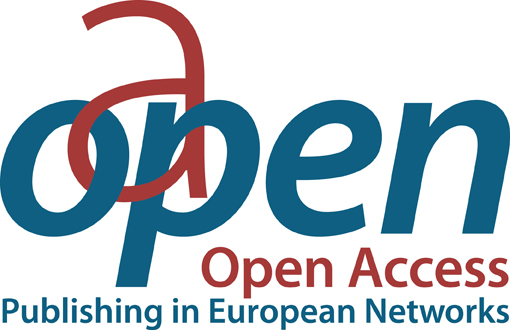Artificial Intelligence and its Impact on Sick Leave
Synopsis
The modern world is experiencing rapid changes driven by technological innovations, with artificial intelligence (AI) emerging as a key tool for optimizing organizational processes. One of the significant applications of AI is in managing sick leave (SL), which has far-reaching implications for employee health, productivity, cost-efficiency of organizations, and overall societal well-being. An analysis of sick leave (SL) data in the Republic of Slovenia (RS) for the period 2019–2023 revealed that the frequency index (FI), measuring the number of sick leave cases per 100 employees, was consistently higher among women than men across all analyzed years. The calculation of lost calendar days per employee showed that, in 2022, infectious and parasitic diseases contributed the most to the high volume of sick leave. However, throughout the analyzed period, musculoskeletal system and connective tissue disorders remained the predominant causes of absence. This study examines how AI can contribute to reducing sick leave through advanced disease prediction, personalized interventions, and administrative optimization, while preserving the central role of human decision-making and support, as well as care for employees. However, AI should function solely as a complement to human work, ensuring empathy and ethical considerations remain integral to decision-making processes.







